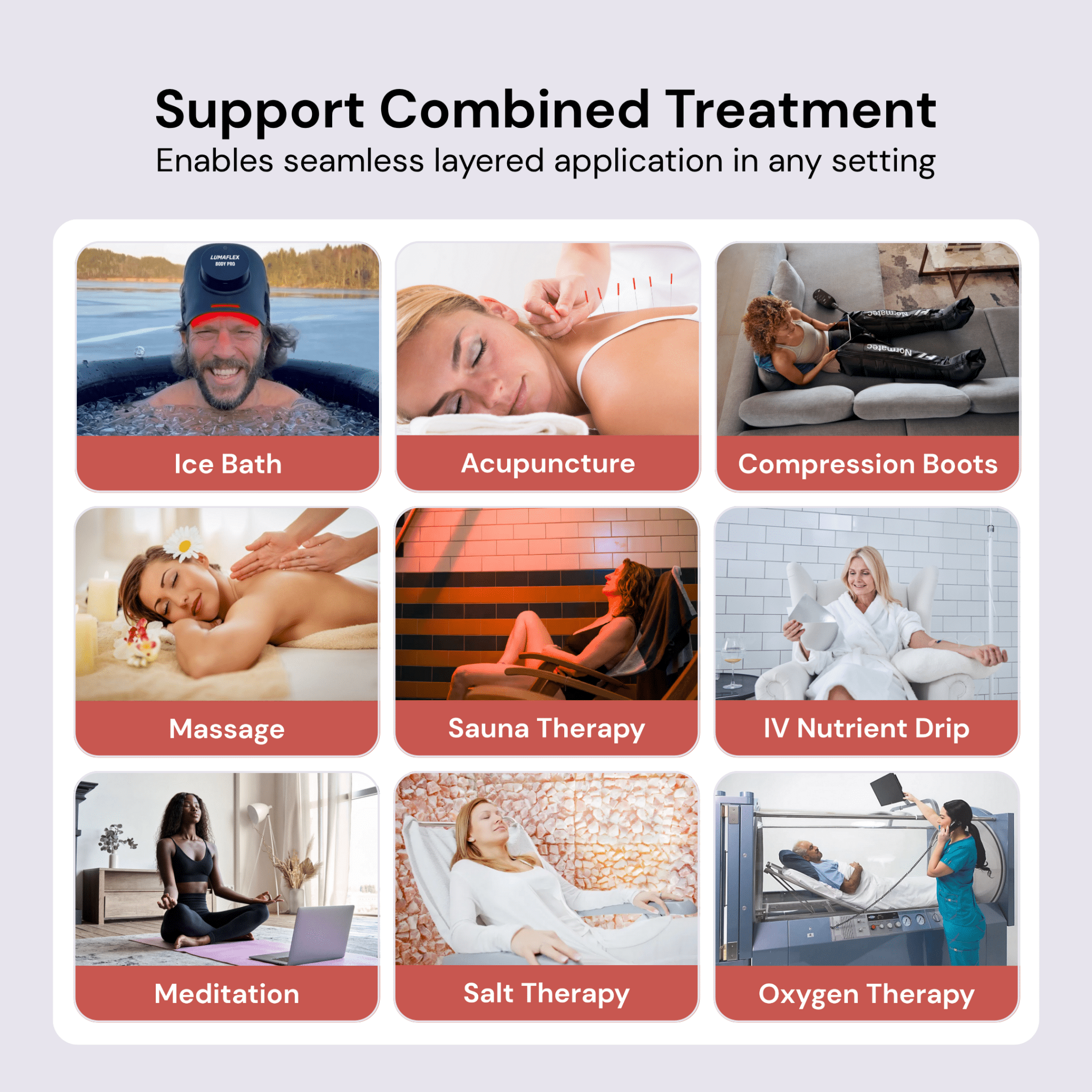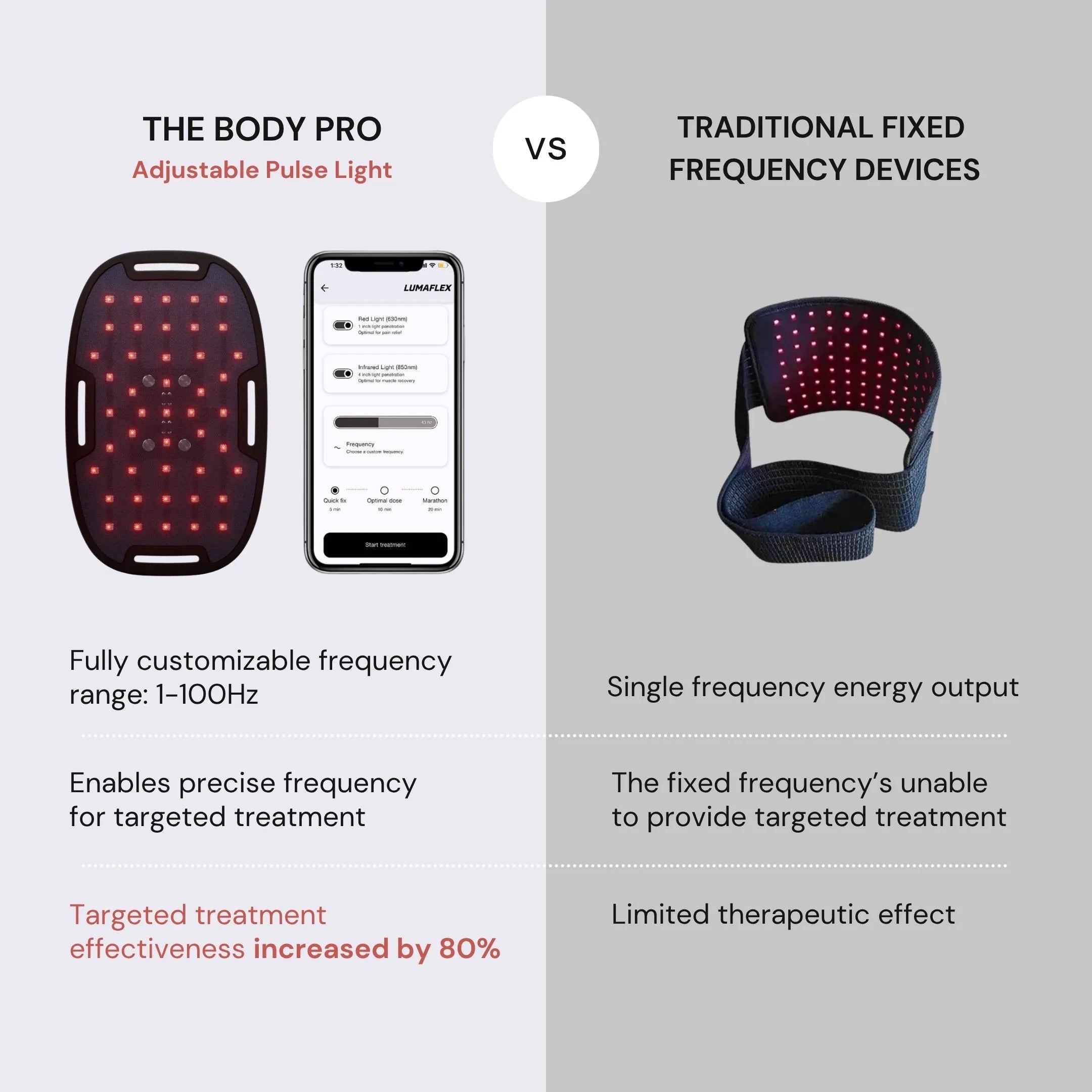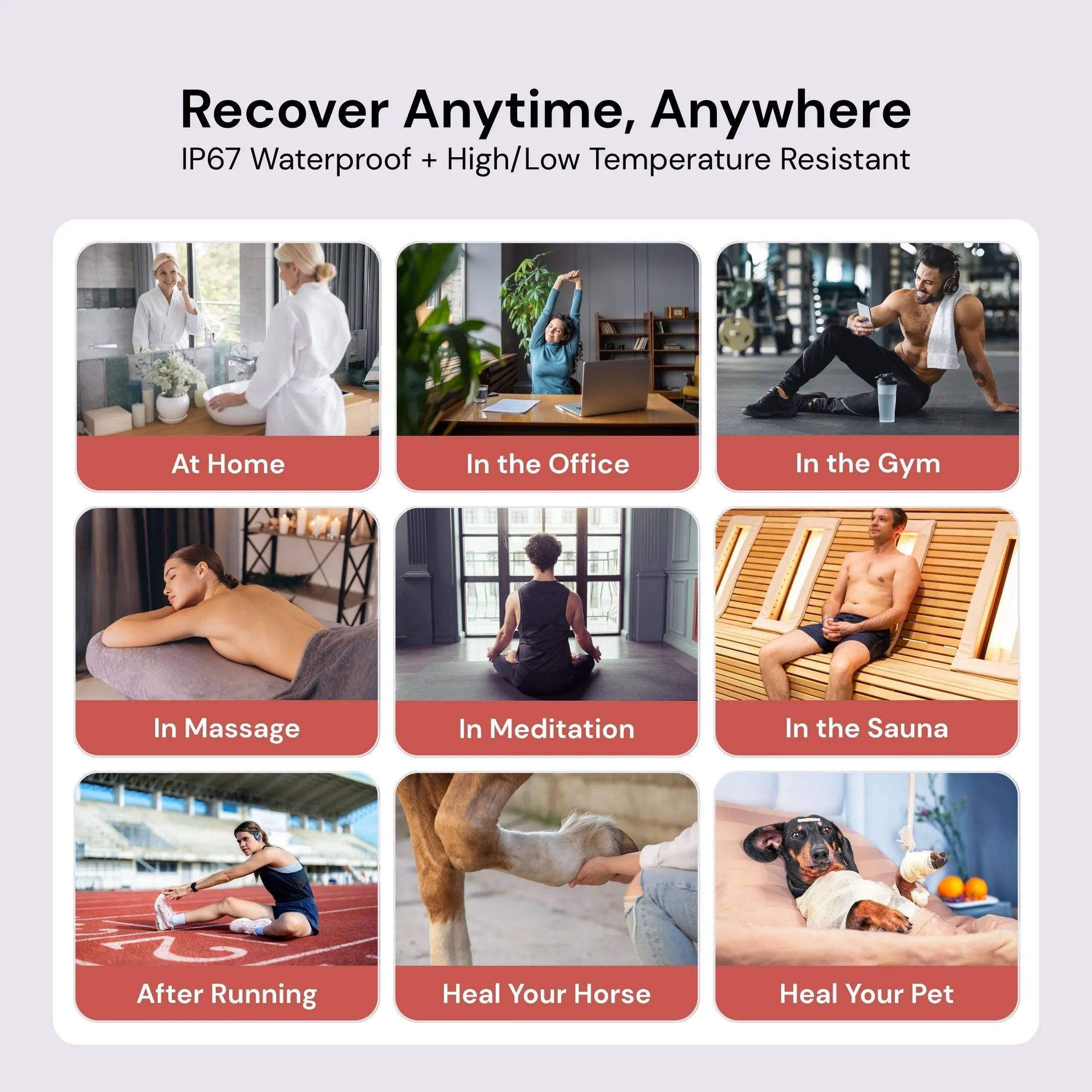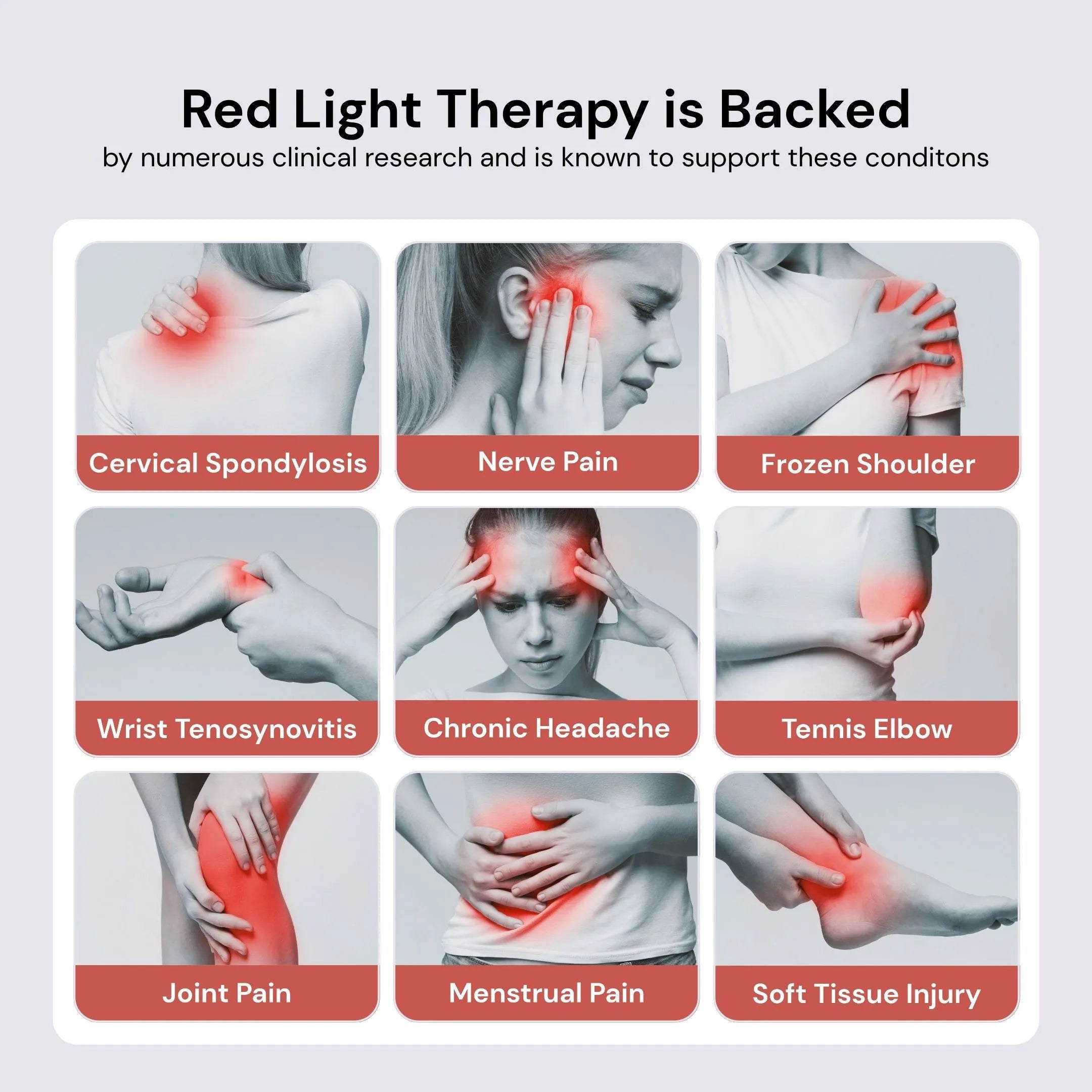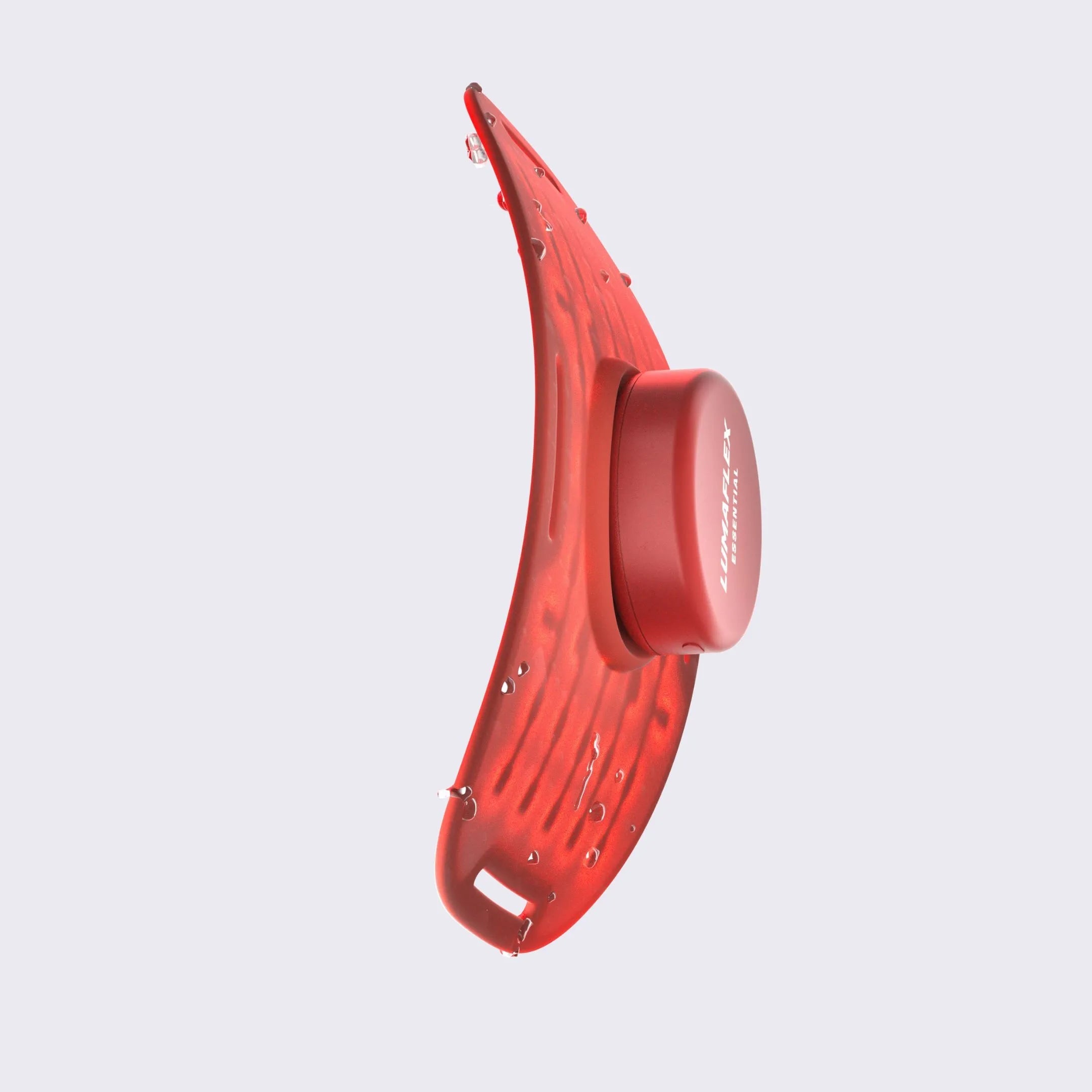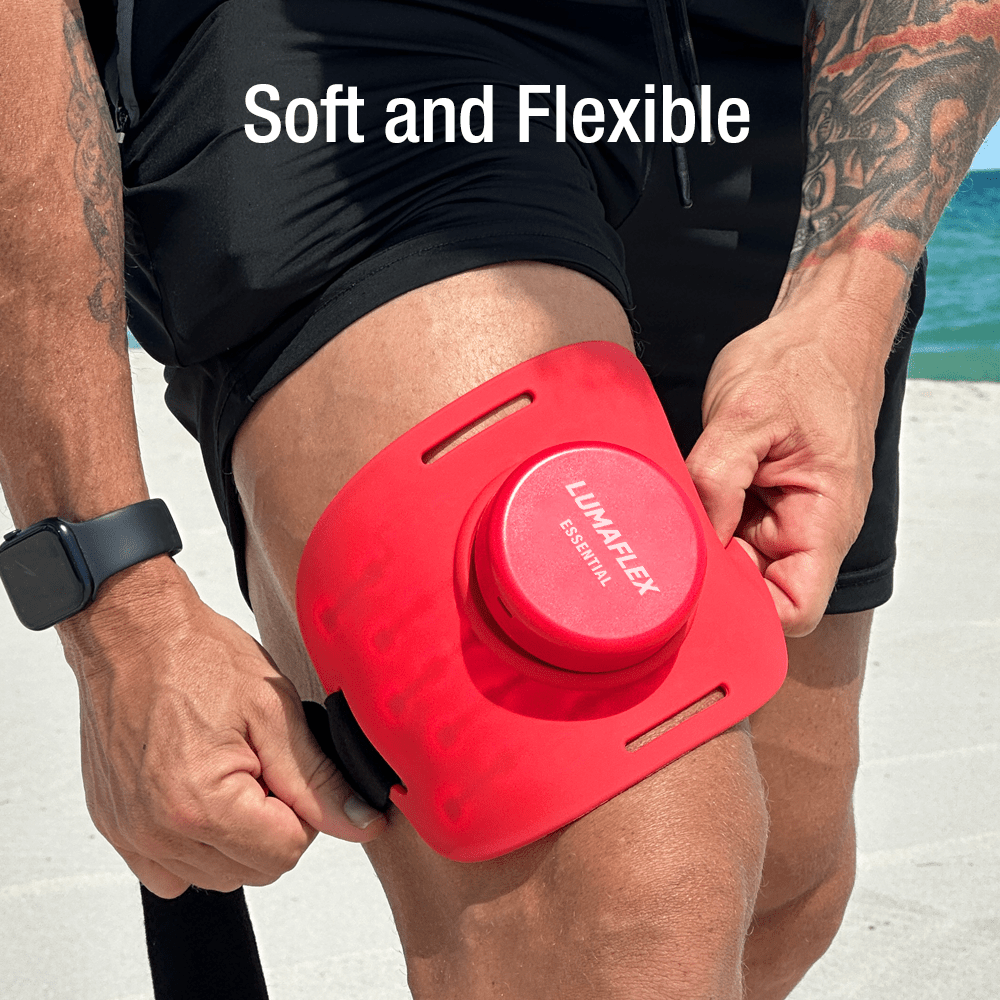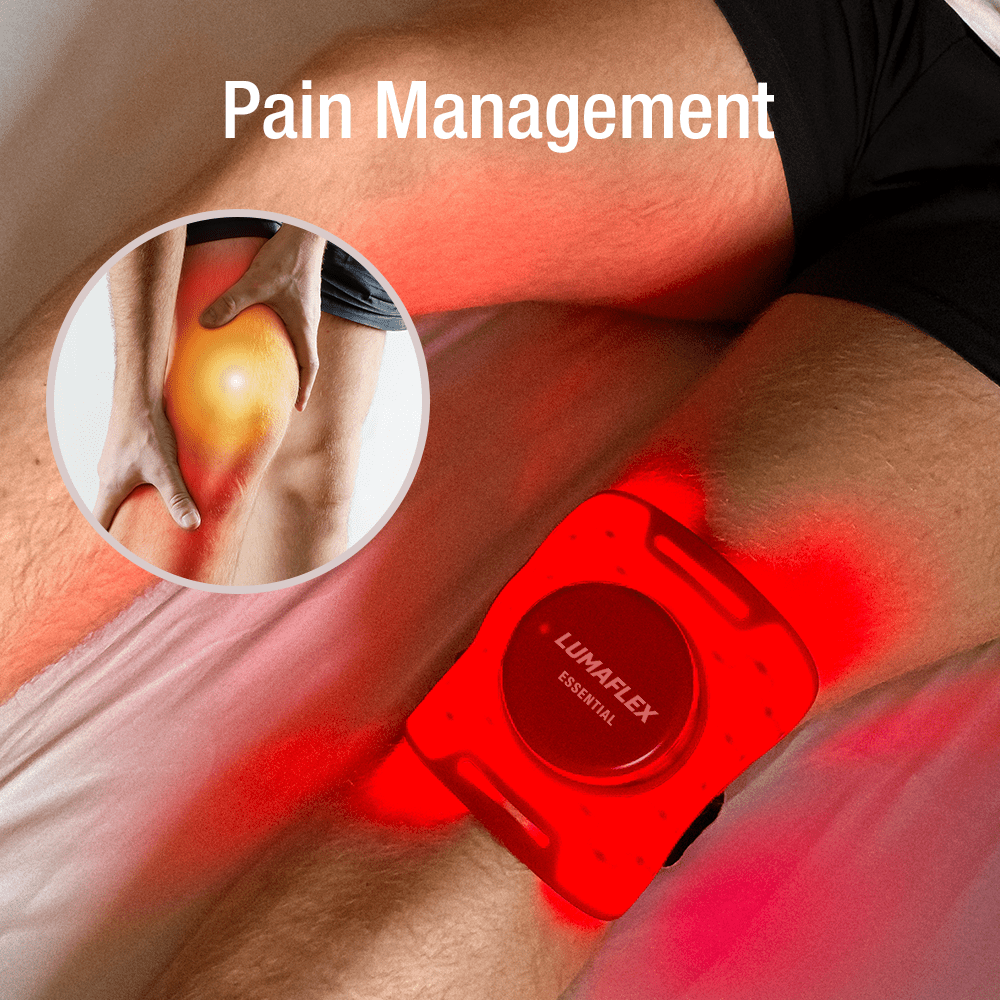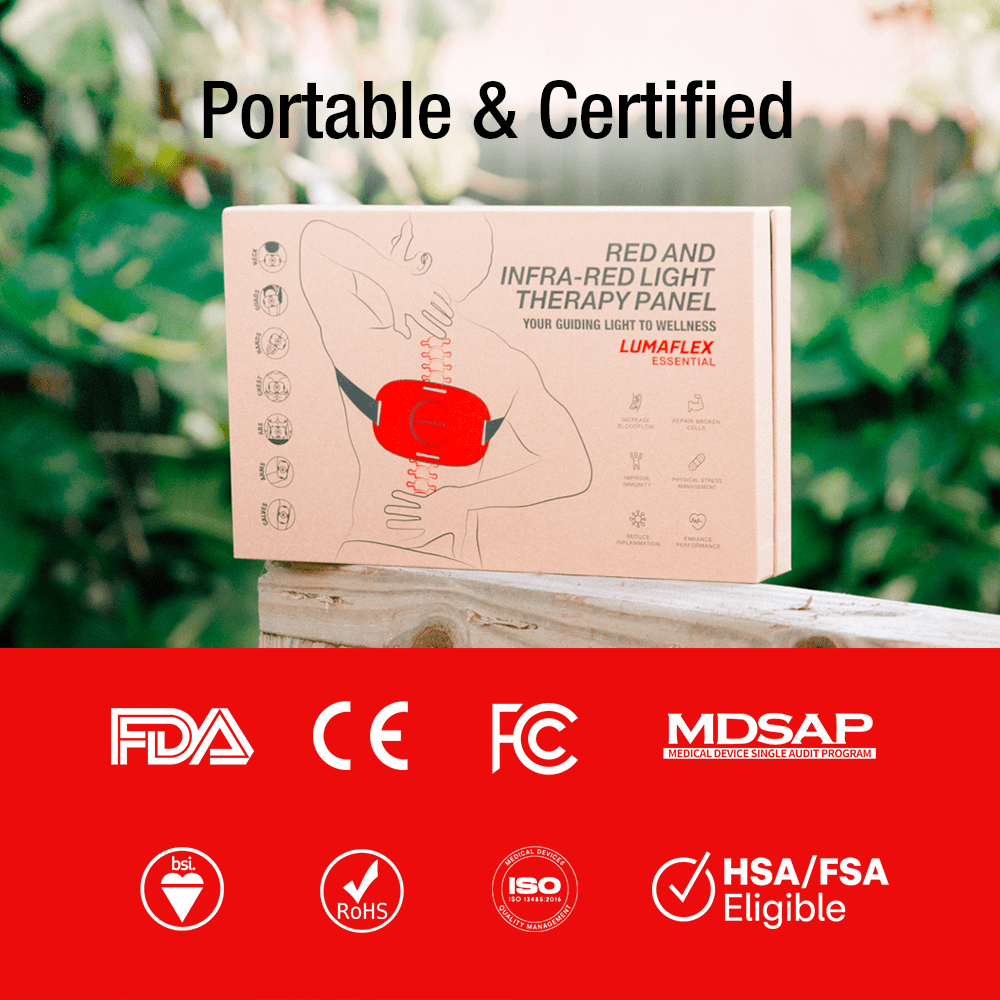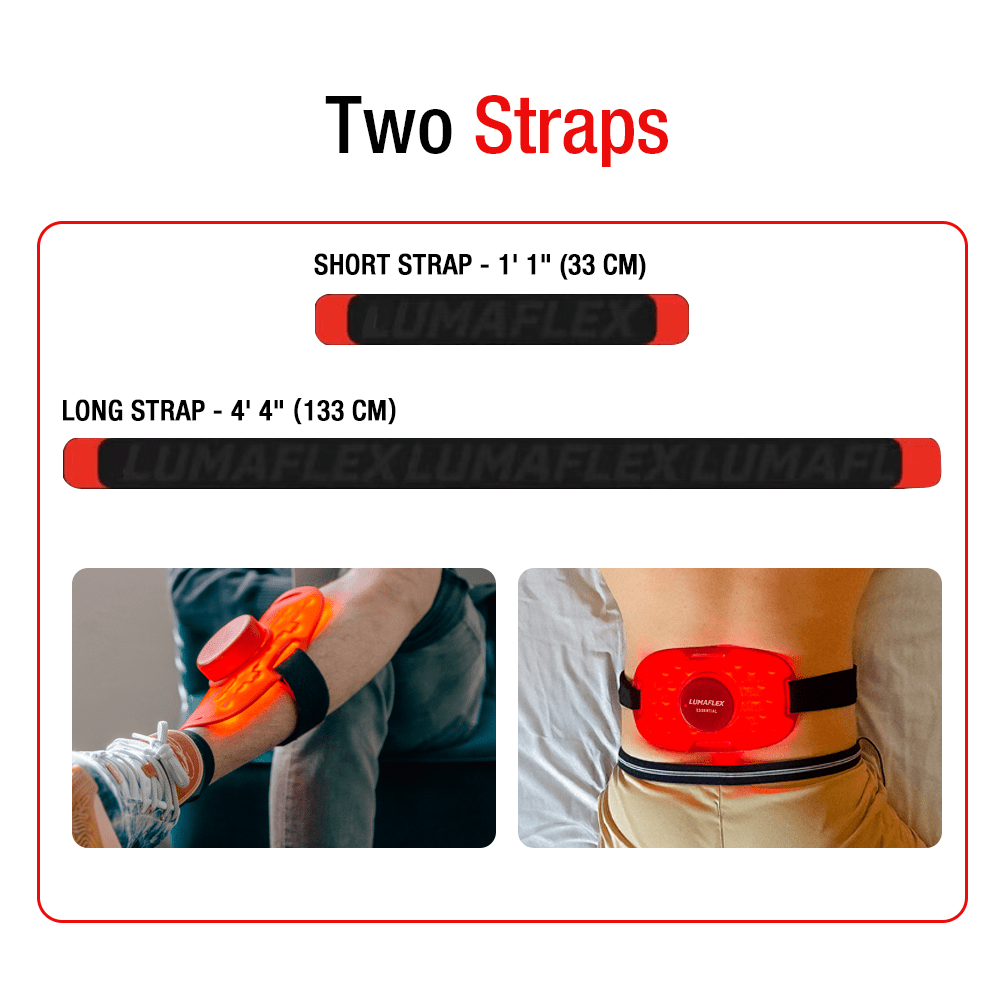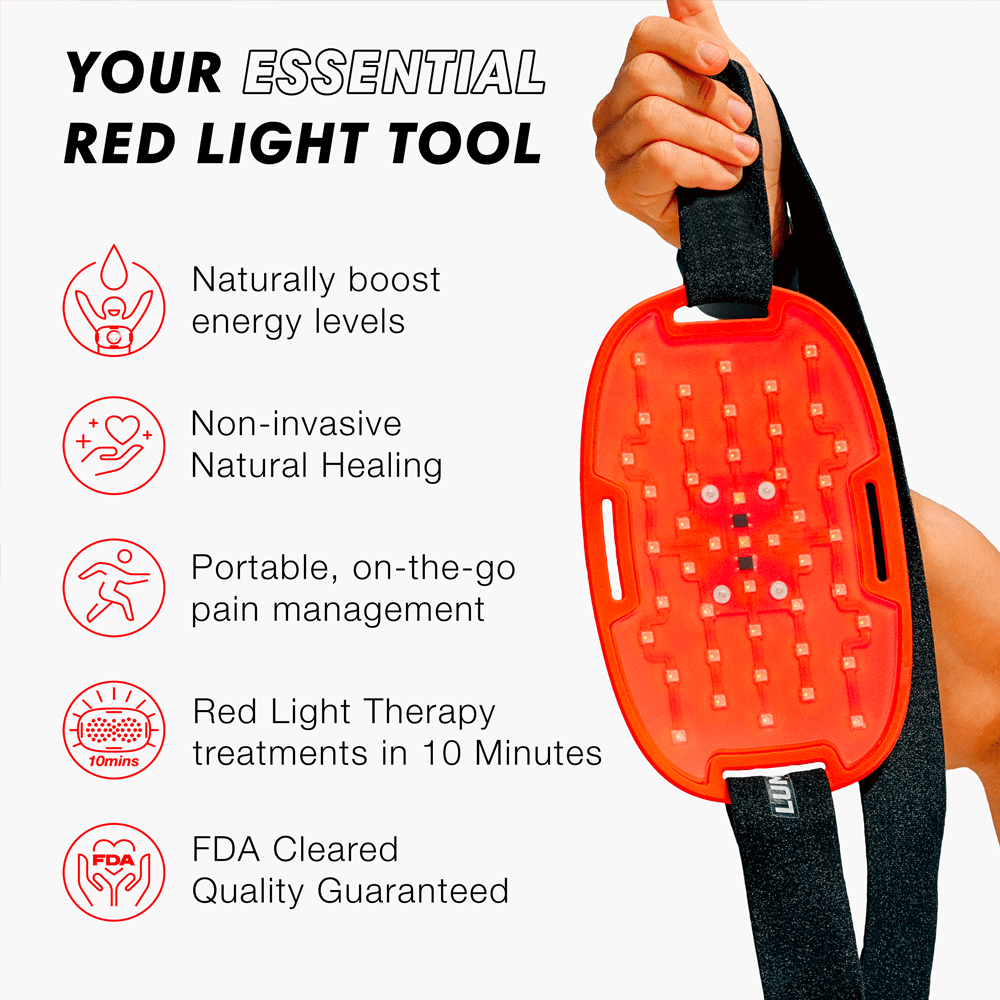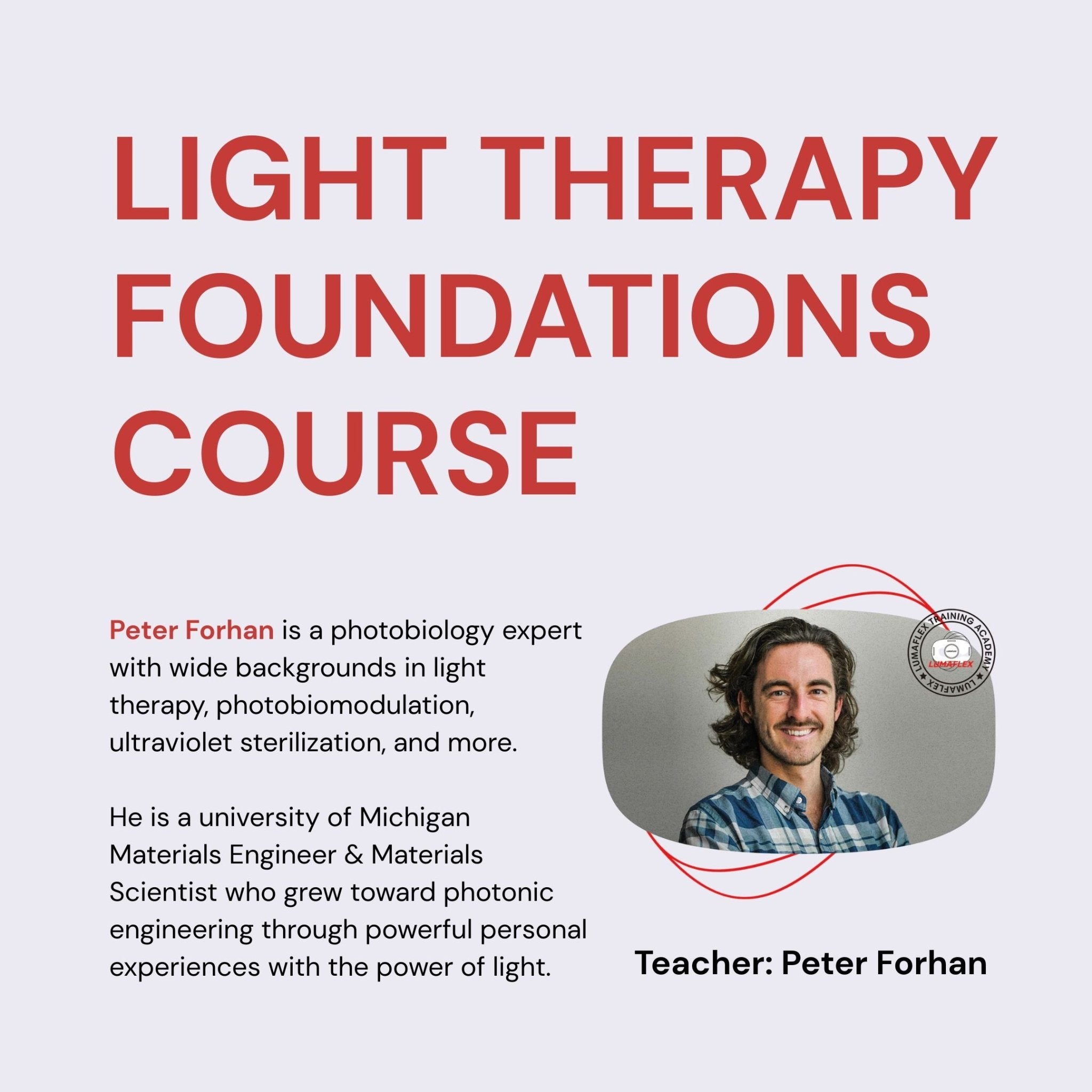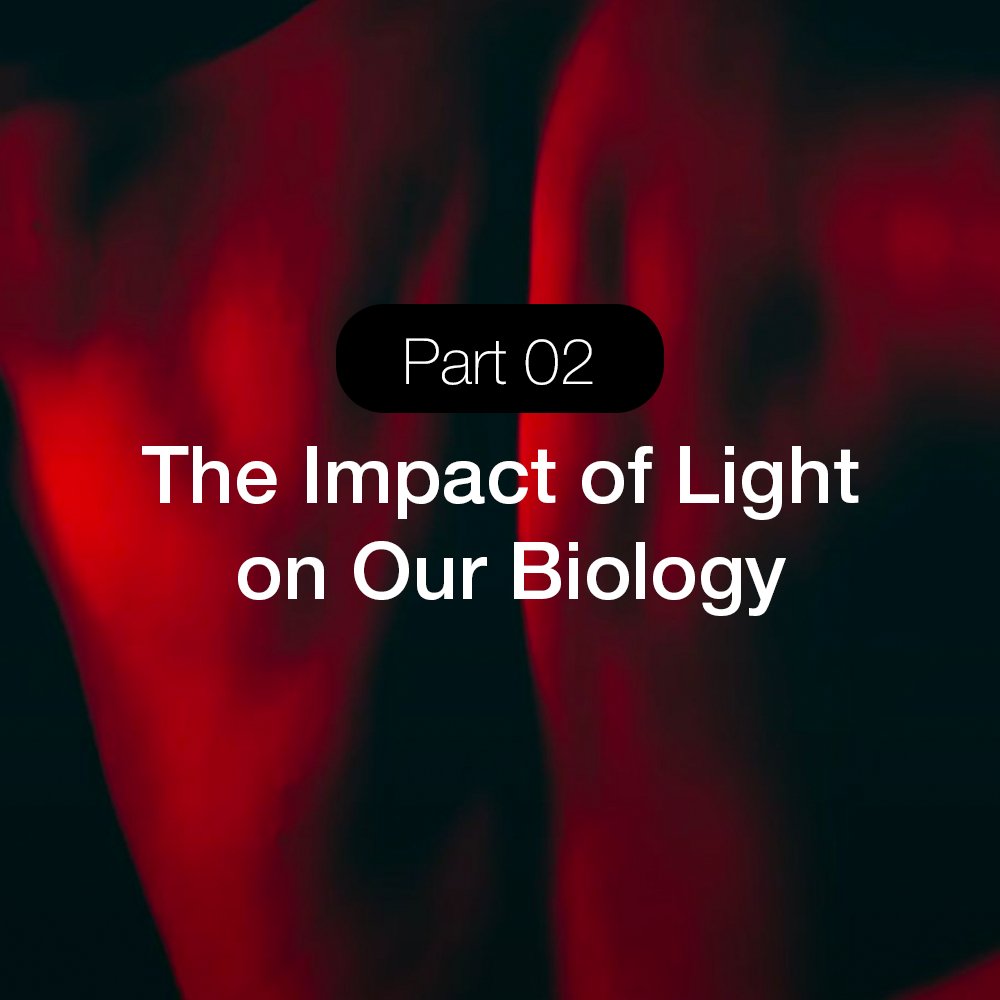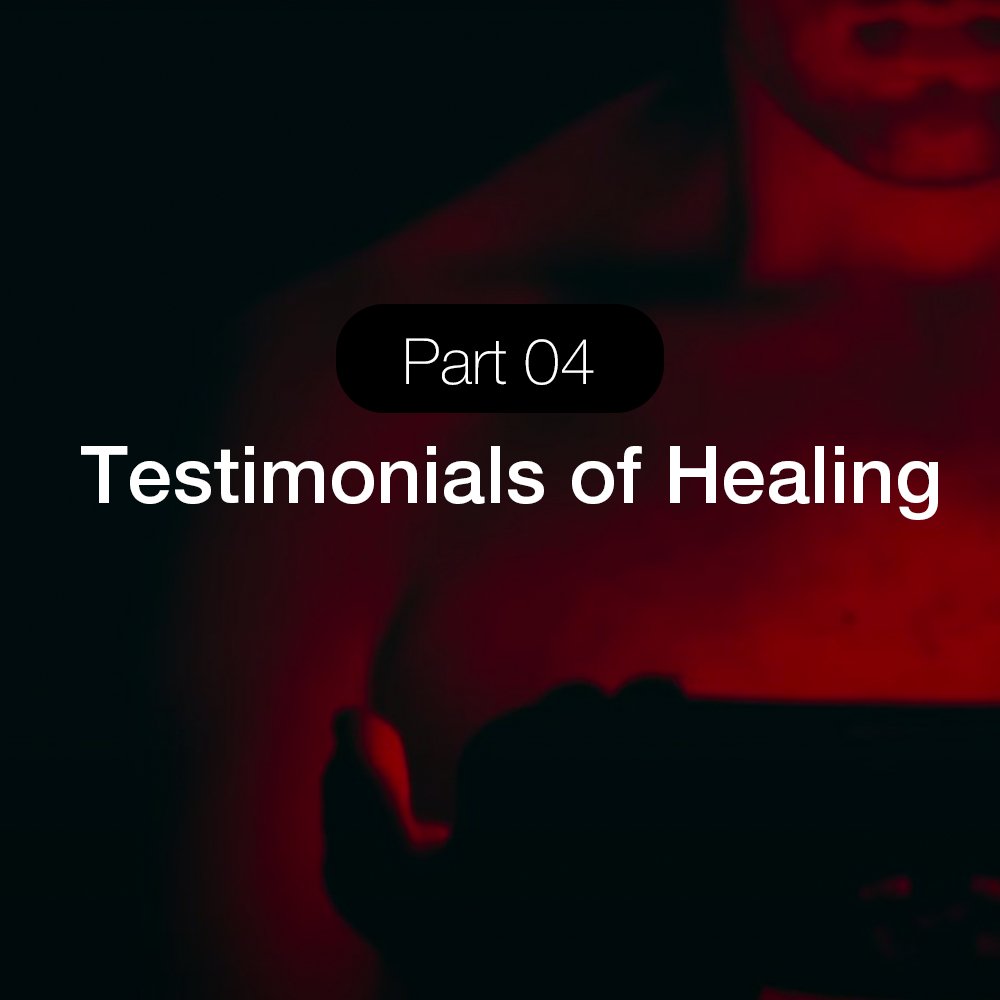America’s Chronic Pain Crisis Needs New Cures
America’s Chronic Pain Crisis Needs New Cures
By John Graham Harper, CEO, Lumaflex
Chronic pain has become America’s silent public health crisis. CDC statistics show that approximately 50 million U.S. adults experience chronic pain, which can become a significant factor in limiting people’s quality of life. People can suffer from chronic pain from a variety of causes, whether it’s a workplace accident or sports injury, or due to complications from other chronic health conditions like diabetes or arthritis. Unfortunately, people with chronic pain are also vulnerable to another public health crisis: America’s tragic epidemic of overdoses on opioid painkillers.
Let’s look at the interconnected challenges of chronic pain in America, and some new perspectives on how people can find real relief.
Too Many Pills, Not Enough Help
Research from the American Academy of Family Physicians (AAFP) finds that 11% of Americans experience pain on a daily basis. People with chronic pain often receive prescription drugs; the AAFP’s research also shows that 1 out of 5 patients with non-cancer pain gets prescribed opioids. It’s understandable that doctors and other healthcare professionals would want to help people relieve pain as quickly as possible. But prescription pain relief can bring big risks as well as benefits.
There is growing concern in the medical profession and wellness community that opioids are being over-prescribed, and that not enough attention has been paid to the risks of these drugs. The AAFP finds that, as of 2014, nearly 2 million Americans abused or had dependency issues related to prescription opioids, and every day, more than 1,000 people get treated in hospital emergency departments for misuse of prescription opioids. There is a rising flood of painkiller pills in America’s households: AAFP data shows that, as of 2012, physicians wrote a total of 259 million prescriptions for opioids, which was equal to the entire U.S. adult population at the time.
Tragically, this kind of misuse, overuse and addiction to opioids can often lead to death. In 2021, 80,816 Americans died of opioid overdoses. It’s incredibly sad to think that so many of these people who died of overdoses started their journey to addiction just by trying to get some relief for their chronic pain.
Relying on painkiller pills as the “only” solution to chronic pain has been a failure. It’s become too easy for people to get prescribed potentially addictive pills, instead of getting real help that relieves the root causes of their chronic pain. Instead of bombarding people with pills and enduring hundreds of thousands of preventable, tragic deaths, America can find a better way forward to help people with pain relief.
Holistic Wellness and Chronic Pain Relief
I am a lifetime fitness advocate, gym owner, coach and educator in fitness and health as well as a competitive bodybuilder, former competitive boxer, and combat sports enthusiast. In the world of fitness and athletic competition, the need for pain relief is nothing new. People sometimes get hurt while competing in sports, or need muscle recovery support to relieve pain after working out. Sports injuries happen, even in everyday exercise for people who aren’t “serious athletes.” We all can use some extra help with pain relief.
But instead of popping pills, many people who experience chronic pain can benefit from a more holistic approach. For example, the Cleveland Clinic Center for Integrative & Lifestyle Medicine offers a Holistic Pain Management Approach that uses treatments such as acupuncture, chiropractic, and yoga. There are many scientific studies that show the benefits of these types of treatments to relieve chronic pain. When we look at the whole person, and the overall root causes of why they are in pain, it’s often more complex than just “taking a pill.”
For example, what if someone is suffering from chronic pain because of bad posture, lack of physical exercise, or being excessively overweight? Sometimes increasing people’s physical activity levels, changing their diet, losing a few pounds, and increasing the strength and flexibility of their body (with weightlifting, resistance training, or exercises like yoga) can make a big difference in their overall pain levels.
Red Light Therapy: Changing the Game in Everyday Health and Wellness
Another treatment for chronic pain that is attracting more attention from fitness enthusiasts and wellness experts is one that’s near and dear to my heart: red light therapy. This is a natural, non-invasive treatment for pain and several other health and wellness conditions. Red light therapy is a type of “photomedicine” that works by exposing the body to certain wavelengths of red light and near-infrared (NIR) light. When the waves of light penetrate the skin’s surface, they help encourage faster healing and increased blood flow, “energizing” the body’s muscles by activating the mitochondria – the “powerhouses” – of muscle cells.
Red light therapy was first documented in 1903 and was studied by NASA researchers in the 1990s. Numerous clinical studies have shown that red light therapy can significantly improve people’s muscle recovery, muscle endurance, joint function, and other key measures of athletic performance and everyday wellness. Red light therapy can help relieve neuropathy, reduce inflammation, and alleviate muscle and joint pain. And red light therapy doesn’t have any risks of addiction and overdose, unlike the tragic side effects of opioid prescriptions.
America is suffering from a chronic pain crisis. Instead of just continuing to crowd people’s medicine cabinets with prescription drugs, it’s time for more creative and open-minded solutions that focus on the whole person’s health and wellness. People with chronic pain need real help, not just more pills. Red light therapy, yoga, better nutrition, exercise, dietetics, and fitness coaching can all be part of a more holistic approach to chronic pain.
As a longtime fitness enthusiast, I am passionate about human performance and inspired by human potential. I believe that people from all levels of ability and walks of life can make big gains in their health and wellness. People who suffer from chronic pain don’t deserve to be abandoned to addiction and premature death. They need to know that the community cares about them, and that we want them to thrive and be their best. The lives of our fellow human beings are worth saving. People’s everyday health and quality of life is worth supporting.
Red light therapy can be part of a larger, long-overdue conversation in the public health and medical communities about how non-invasive and non-pharmaceutical treatments can create more effective management of chronic pain. Let’s make it happen!





